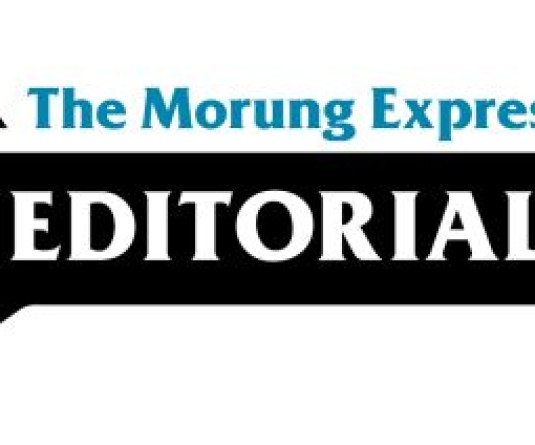
Imkong Walling
Nagaland was, on one occasion, in for some lavish praise from none other than the President of India for progress apparently made by the state in human development and industry.
The day was December 1, 2013, when the state triumphantly commemorated the 50th year of statehood with the then President, Pranab Mukherjee attending as a special guest. The 50th anniversary celebration coincided with the start of the annual Hornbill Festival.
Customary ambassadorial rhetoric or based on fact, the words of approval that day, as reported by The Morung Express, went like this, “Nagaland has come a long way since attaining statehood. Its achievements in human development and industrial growth are praiseworthy.”
But the praise was followed by a “yet” with Mukherjee continuing that there remained much to be done in terms of infrastructure, connectivity and jobs. “There should be visible improvement in the quality of life. Development should be inclusive, equitable and sustainable,” he remarked.
It was unclear what industrial growth he was referring to but to be fair on the well-meaning President, the standard of living has improved, getting an education, owning a car or a TV has come within reach as opposed to the early days of statehood. The implied improvements however have been largely concntrated in places like Kohima, Dimapur and Mokokchung and not anywhere near “inclusive, equitable and sustainable.”
As tourism brochures and state-sponsored entertainment galas, purportedly designed to promote the arts, attempt to make glamourous depiction of a supposedly progressive culture here, the state falls short in several growth parameters, except, perhaps in broad statistics about literacy.
‘Literacy’ has been one where Nagaland tends to get accolades. Hovering at 80 percent or so, the state’s literacy rate has remained well over the national average, which is hovering in the mid-70s.
But then again, statistics can sometimes be deceptive. It does not reflect underlying dynamics at play— in Nagaland’s instance, a clearly perceptible disinterest to pursue the sciences as a subject of higher education by the majority of Naga students. The well-meaning Mukherjee may not have been aware but the Naga preference for the humanities, which while cannot be undermined, and landing a white-collar job, no matter what the educational qualification, has indirectly and directly stunted holistic growth.
This has had a telling impact on the education sector, reflected in the shortage of science and mathematics teachers in the government-run schools. Even in the private schools, Nagas teaching mathematics has been negligible.
A state Cabinet Minister publicly referenced the dearth of science teachers in two recent school anniversary events, admitting that there are very few Nagas, who teach science and mathematics at the school level. According to the Minister, it has translated into vacant science and mathematics teaching posts; in turn, compelling the state government to open the doors to applicants from across the country to make up for the shortage.
In a month’s time, Nagaland will turn 60, which will coincide with the Hornbill Festival. As the event organisers concentrate time, energy and public funds on the Festival, it is worth reflecting on how holistically Nagaland has progressed over the last 6 decades.
The writer is a Principal Correspondent at The Morung Express. Comments can be sent to imkongwalls@gmail.com






